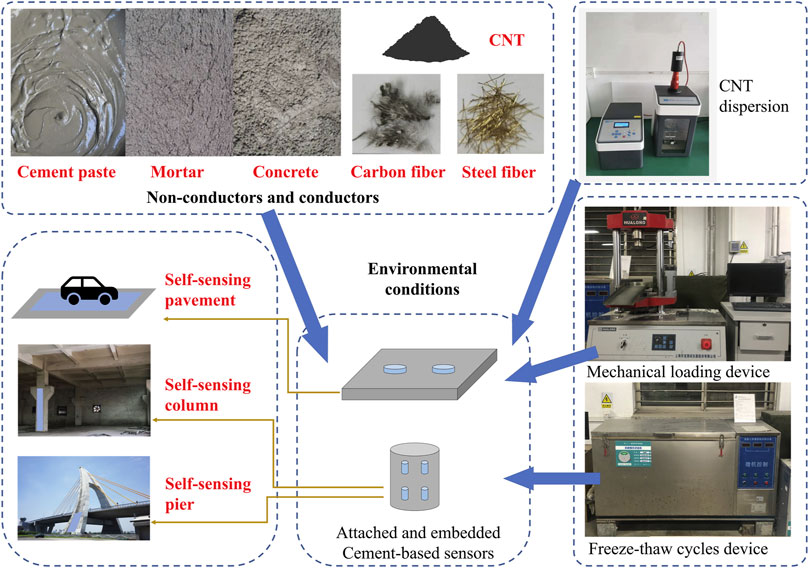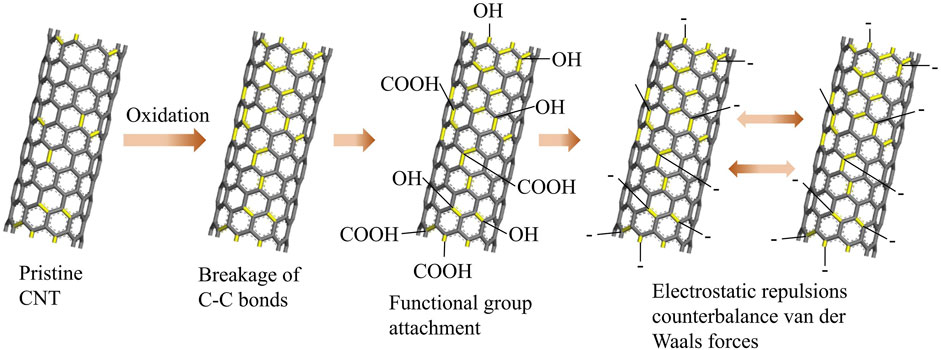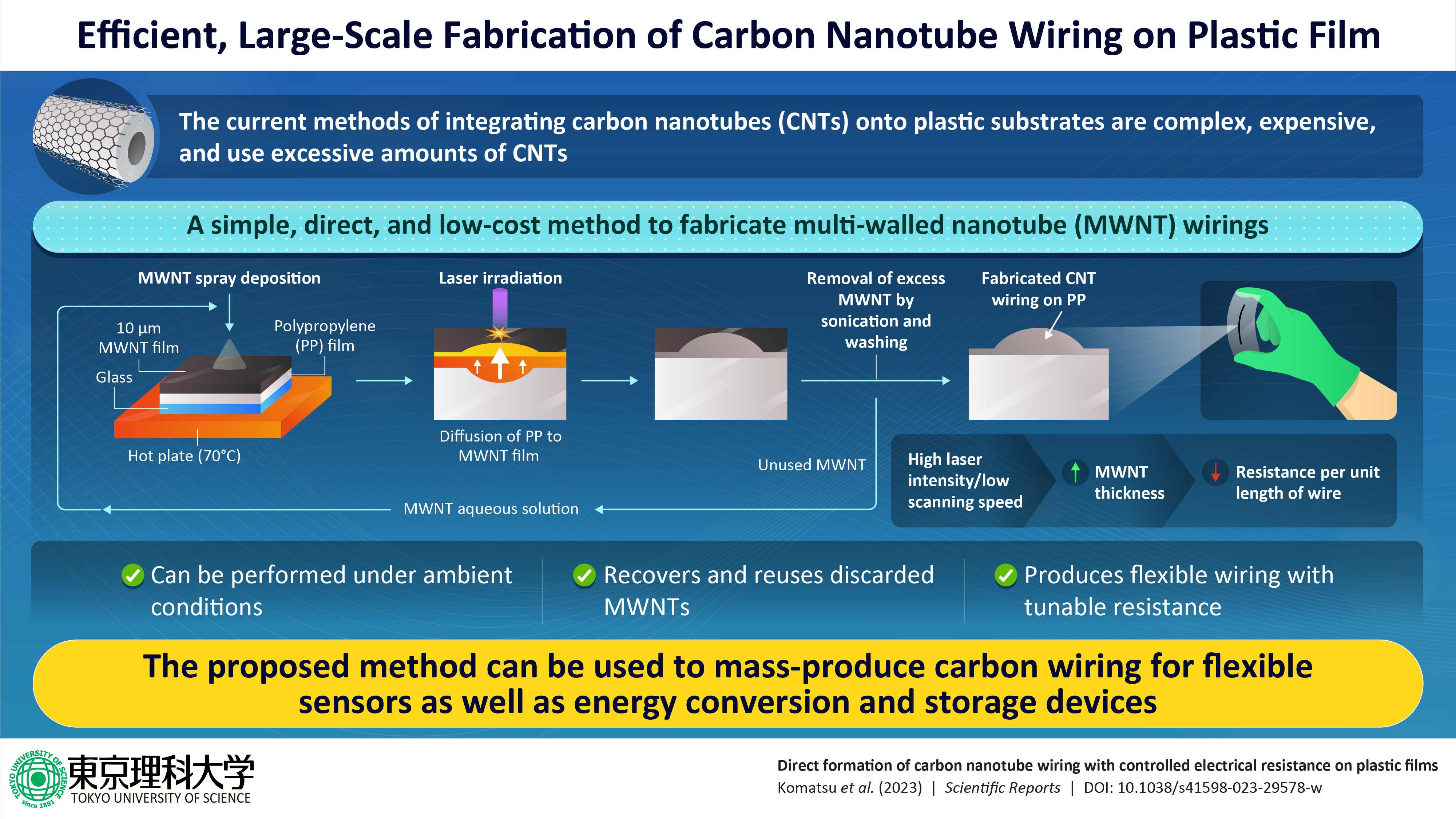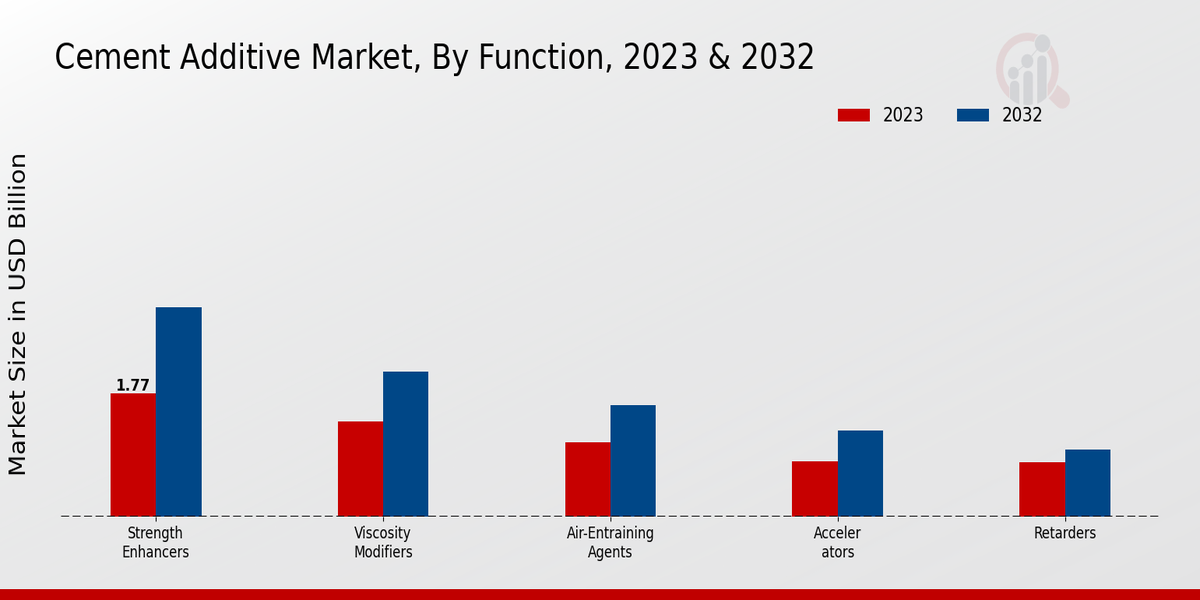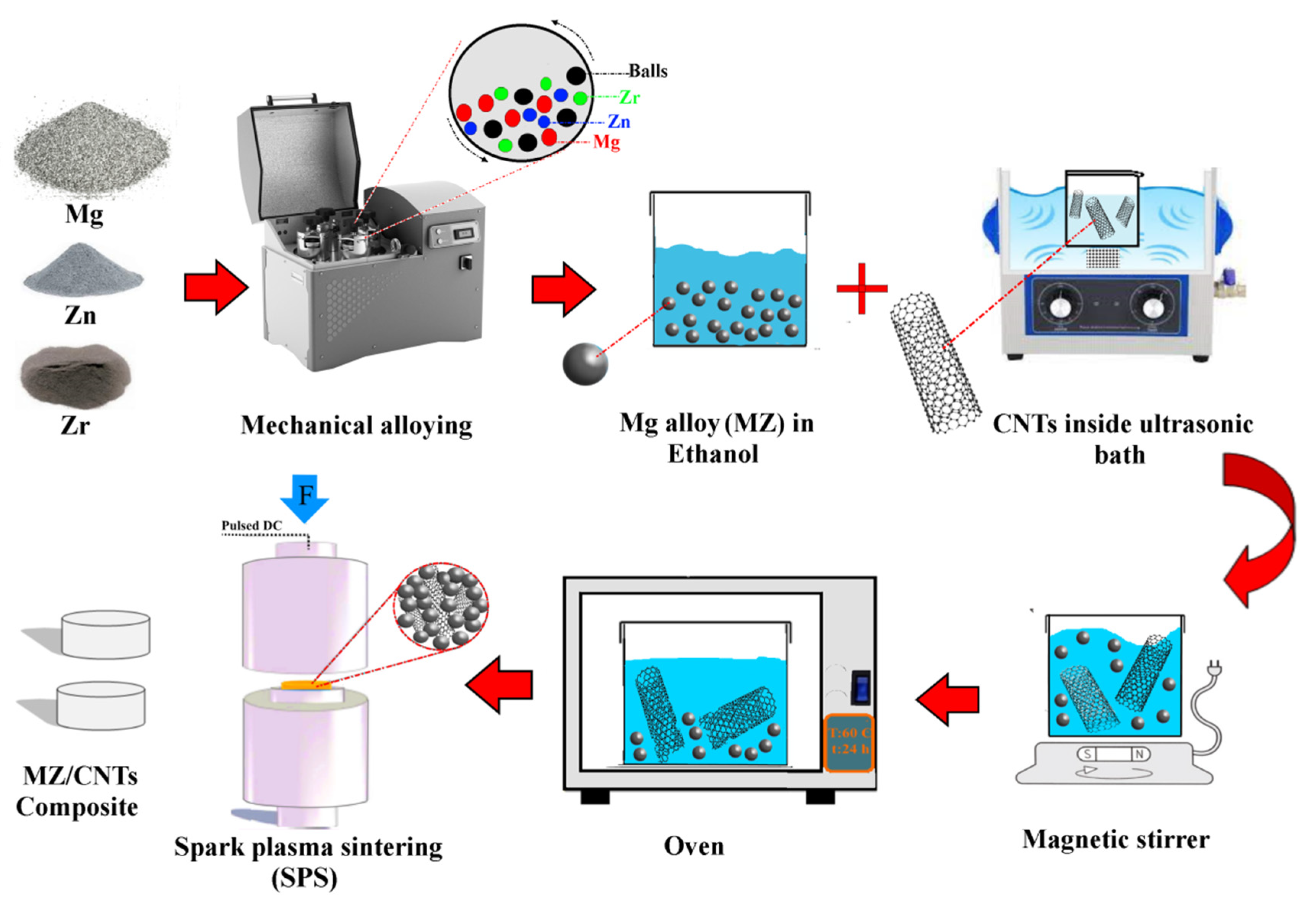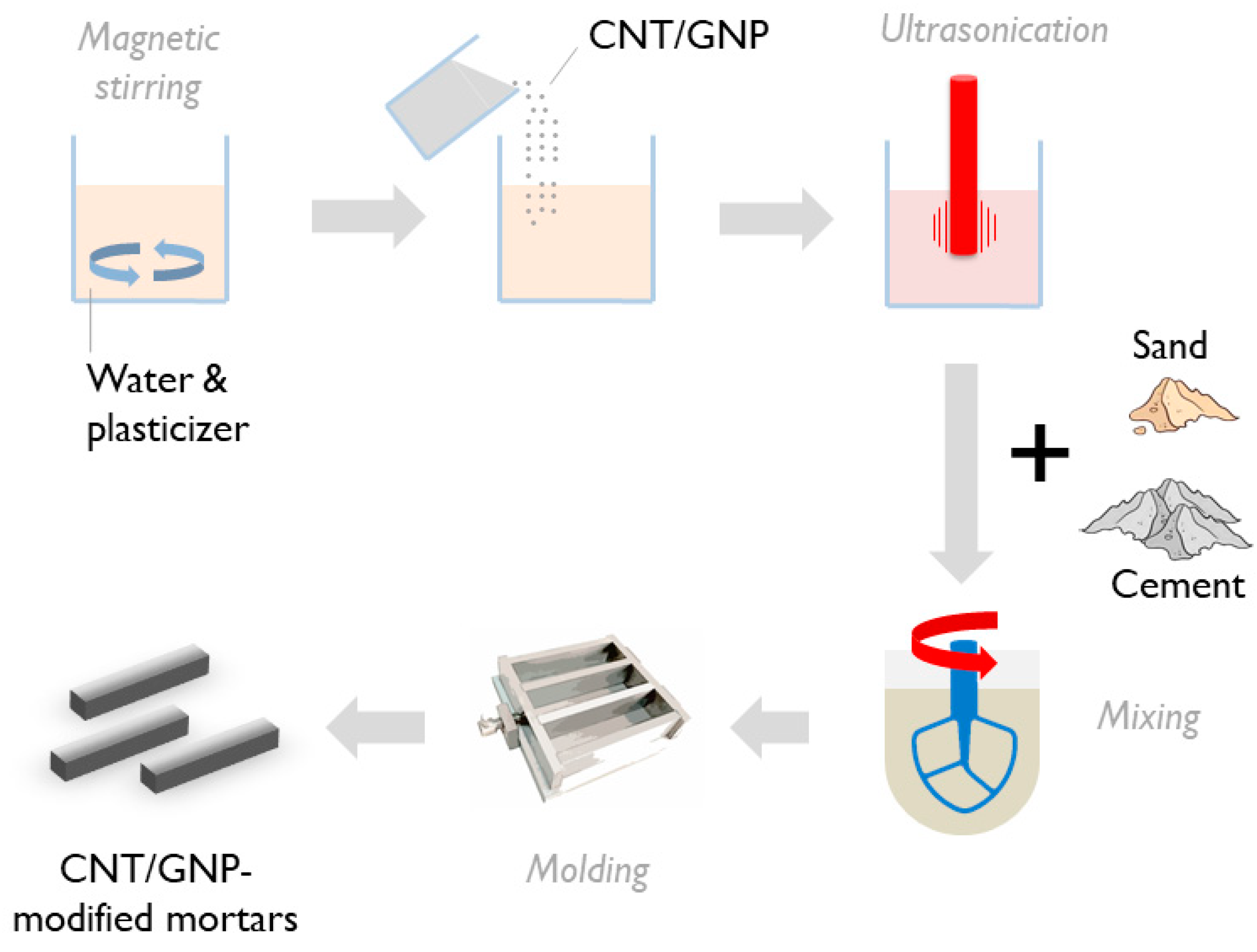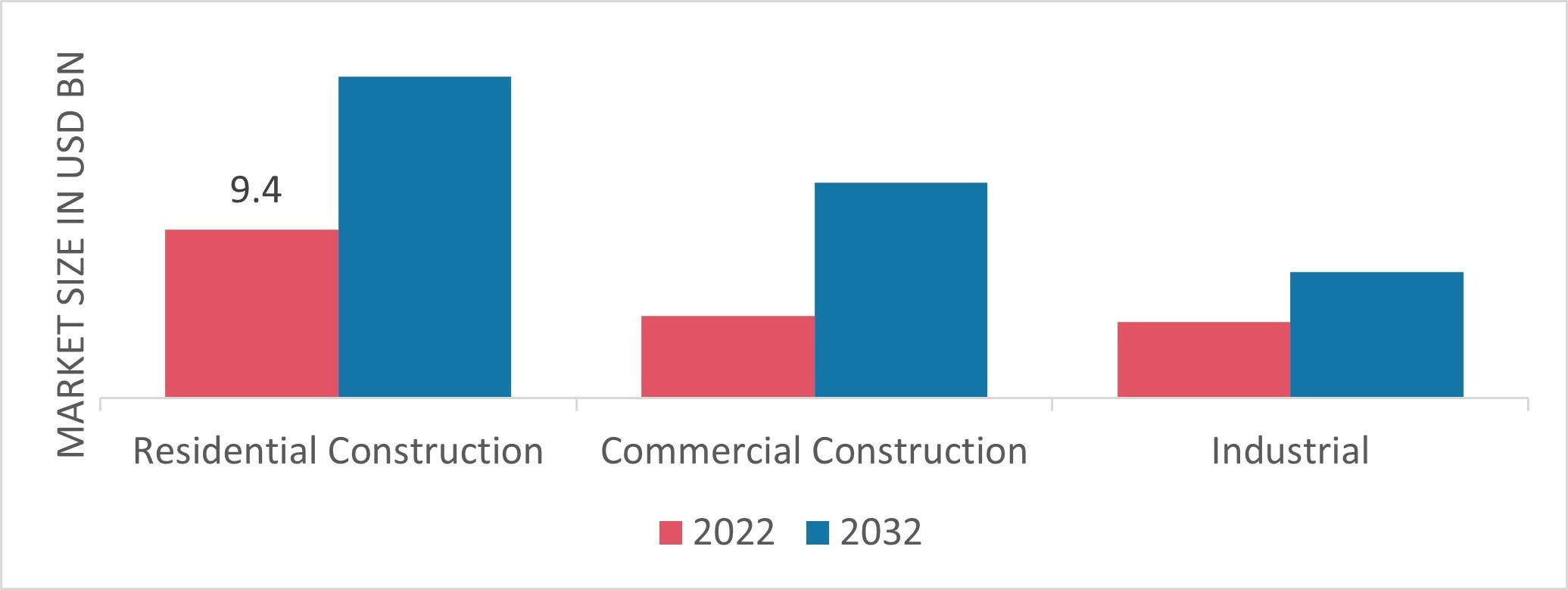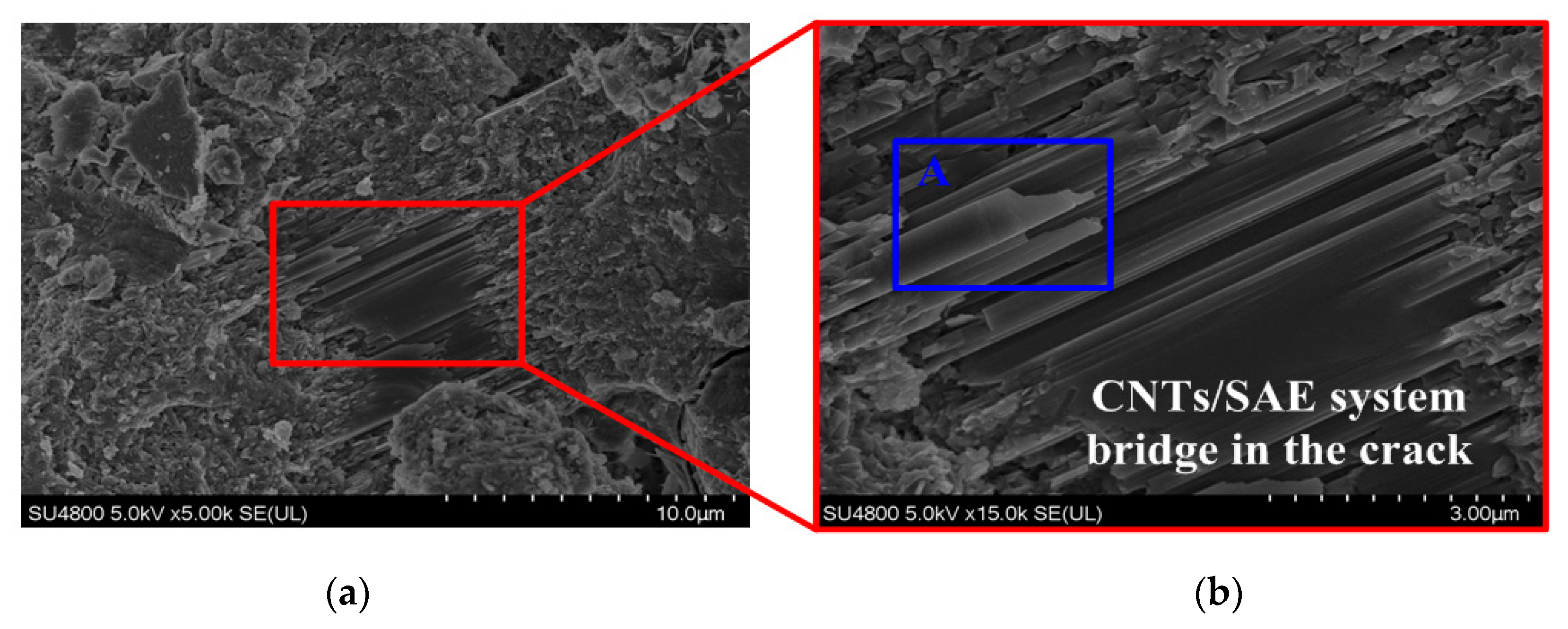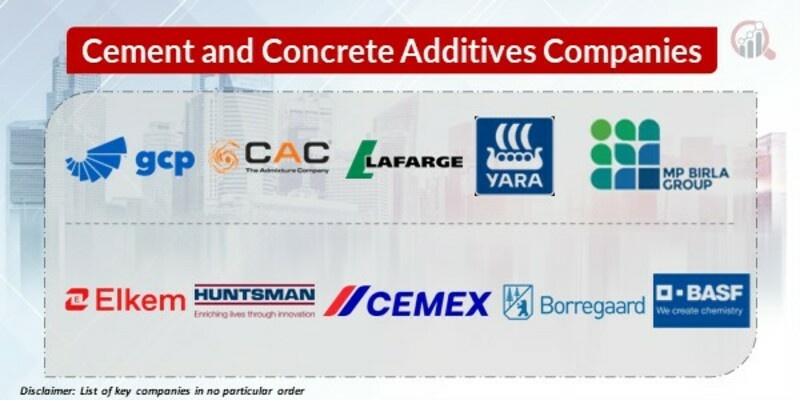Carbon Nanotube Based Concrete Additives Market
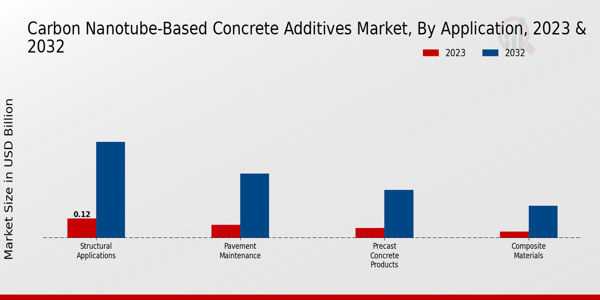
Global construction faces a potential revolution. Carbon nanotube (CNT) based concrete additives are poised to reshape the industry, promising enhanced strength and durability.
This emerging market signals a paradigm shift. It addresses escalating infrastructure demands amidst growing concerns over material lifespan and environmental impact.
Market Overview: A Concrete Transformation
The carbon nanotube-based concrete additives market is experiencing rapid expansion. This growth is fueled by the superior performance of CNT-enhanced concrete. Early projections indicate a substantial market size by 2030, driven by both public and private infrastructure projects.
Research and development efforts are intensifying. Key players are focusing on optimizing CNT dispersion techniques and cost-effective production methods.
Key Players and Market Share
Several companies are at the forefront of this technological advancement. Thomas Swan & Co. Ltd., OCSiAl, and Toray Industries, Inc. are among the leading manufacturers of CNTs for concrete applications.
These companies are actively engaging with construction firms and research institutions. The goal is to validate product performance and secure market share.
Market share is currently fragmented. New entrants and collaborations are anticipated to further reshape the competitive landscape.
Geographic Distribution and Adoption Rates
North America and Europe are currently leading in the adoption of CNT-enhanced concrete. This is driven by stringent infrastructure standards and a willingness to invest in innovative materials.
Asia-Pacific is expected to witness the highest growth rate. This is due to massive infrastructure development projects in countries like China and India.
Latin America and the Middle East are also showing increasing interest. The focus is on enhancing the durability of concrete structures in harsh climatic conditions.
Advantages of CNT-Enhanced Concrete
CNT additives significantly enhance the mechanical properties of concrete. This includes increased compressive and tensile strength.
Improved crack resistance is another key benefit. This leads to longer structural lifespans and reduced maintenance costs.
Enhanced durability against environmental factors is also observed. This includes resistance to chloride penetration and freeze-thaw cycles.
Applications in Infrastructure Projects
CNT-enhanced concrete is finding applications in various infrastructure projects. This includes bridges, tunnels, and high-rise buildings.
Airport runways and pavements are also benefiting from the enhanced durability. This results in reduced maintenance downtime.
Precast concrete elements are increasingly incorporating CNTs. This allows for lighter and stronger structural components.
Challenges and Opportunities
The high cost of CNTs remains a significant challenge. Efforts are underway to reduce production costs and improve cost-effectiveness.
Achieving uniform dispersion of CNTs in the concrete matrix is another obstacle. Innovative dispersion techniques are being developed to address this issue.
Standardization of testing methods is crucial for widespread adoption. Industry collaborations are working towards establishing clear performance benchmarks.
Impact on Sustainability
CNT-enhanced concrete contributes to sustainability by extending the lifespan of structures. This reduces the need for frequent repairs and replacements.
The use of less material due to increased strength further reduces the environmental footprint. This also lowers carbon emissions associated with concrete production.
Life cycle assessment studies are ongoing to quantify the overall sustainability benefits. The goal is to demonstrate the positive environmental impact of CNT-enhanced concrete.
Future Outlook and Research Directions
Ongoing research is focused on developing new types of CNT additives. The aim is to further improve the performance and reduce the cost.
Integration of sensors and monitoring systems into CNT-enhanced concrete is being explored. This would enable real-time monitoring of structural health.
Collaboration between researchers, industry players, and government agencies is crucial. It will accelerate the adoption of this transformative technology.
Ongoing Developments
Several pilot projects are currently underway worldwide. These projects are demonstrating the real-world performance of CNT-enhanced concrete.
These trials are gathering crucial data on long-term durability and cost-effectiveness. The results are informing the development of industry standards and best practices.
Further advancements in CNT production and dispersion techniques are expected. This will pave the way for wider adoption and lower overall costs.
The industry must address the current challenges head-on. Strategic investments and collaborative efforts are essential to unlock the full potential of this groundbreaking technology.



